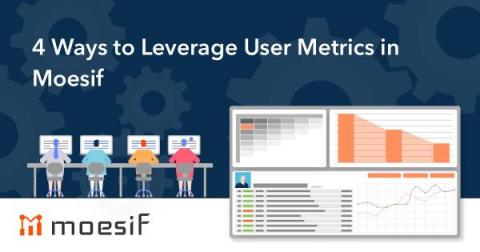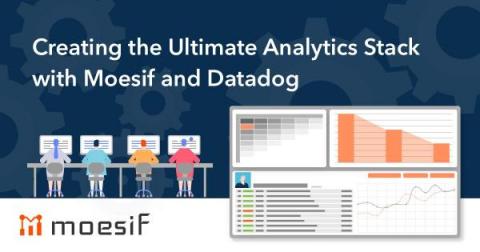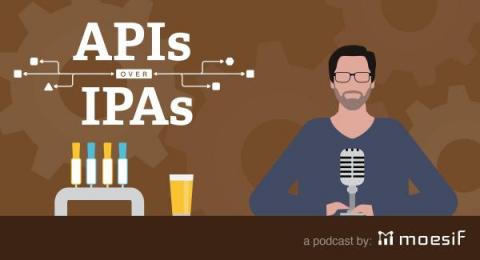Systems | Development | Analytics | API | Testing
Moesif
Creating a Behavioral Email in Moesif
Creating a User Funnel in Moesif
Getting Started with Django (Python)
4 Ways to Leverage User Metrics in Moesif
Without users, products mean nothing. So why is it that so many organizations analyze API and user behavior metrics as an afterthought? My theory would be that they just don’t have the right tools in place to actually collect, analyze, and use these usage metrics. With so many products aiming to improve their user experience and customer satisfaction, tools like Moesif are exactly what is needed.
Creating the Ultimate Analytics Stack with Moesif and Datadog
When looking at API analytics and monitoring platforms, many seem to be so similar that it’s hard to figure out the differences between them. We often hear this confusion from users and prospects. In a world with so many tools available, how do we figure out which ones are necessary and which are redundant? One of the most common questions we are asked revolves around how Moesif compares to Datadog and how they could work together.
Supporting 10 Million Developers
Joining us is Phil Nash, leading developer evangelist at Twilio, a Google Developer Expert and a member of the Live Coders team on Twitch. He’s a regular conference speaker where he sometimes writes code on stage and hopes everything just works.
Moesif API Analytics is SOC 2 Compliant
Moesif is pleased to announce that it has successfully completed its SOC 2 Certification. The Moesif API Analytics Platform has now been independently verified to comply with the highest standards of security. Through completion of this comprehensive level of certification, Moesif has demonstrated that it can reliably and securely maintain the confidentiality, availability and integrity of enterprises’ critical data assets.











